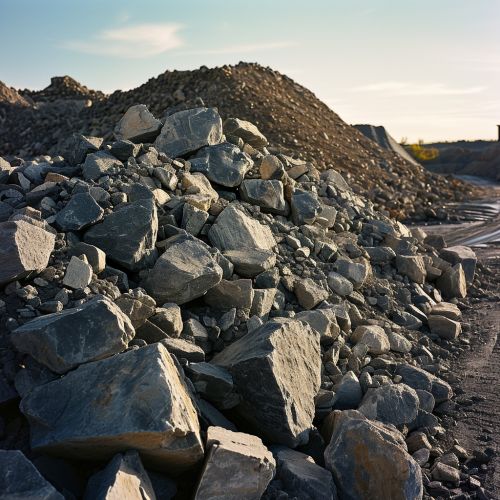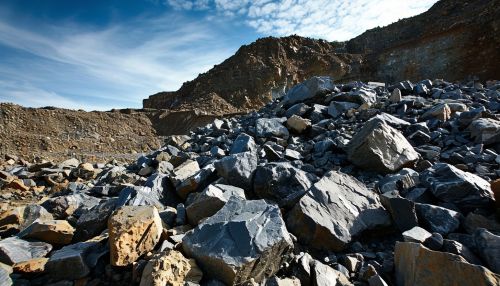Waste rock
Introduction
Waste rock, also known as overburden, is the material that lies above an area that lends itself to economical exploitation, such as the rock, soil, and ecosystem that lies above a coal seam or gold ore.
Formation and Composition
Waste rock is a by-product of many mining operations, created when the valuable mineral or metal is extracted from the earth. The composition of waste rock varies greatly from site to site, but it generally contains a mix of minerals and rocks, including granite, sandstone, shale, and limestone. It may also contain trace amounts of metals that were not economically feasible to extract.


Environmental Impact
The environmental impact of waste rock can be significant. It can lead to erosion, loss of biodiversity, or the contamination of soil, groundwater, and surface water by the chemicals from the rocks. This effect can be mitigated by proper waste rock management.
Waste Rock Management
Waste rock management involves the proper handling, storage, and disposal of waste rock to minimize its environmental impact. This can include measures such as constructing waste rock dumps in locations where they will not impact waterways, using liners to prevent the leaching of harmful chemicals, and implementing measures to prevent erosion.
Economic Impact
While waste rock is often seen as a by-product to be disposed of, it can also have economic value. Some waste rocks can be reprocessed to extract additional minerals and metals, while others can be used in construction or for landfill.
